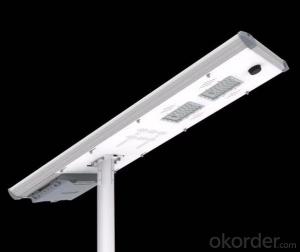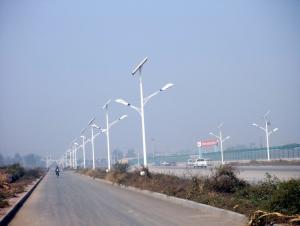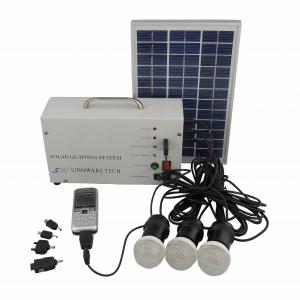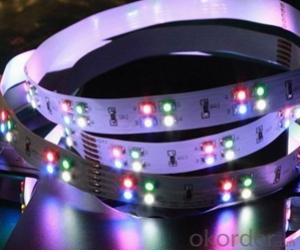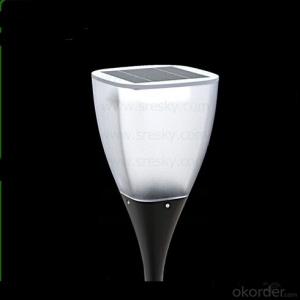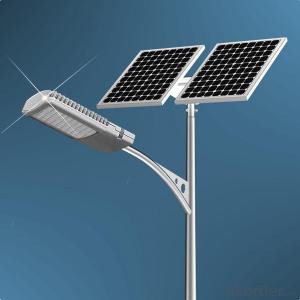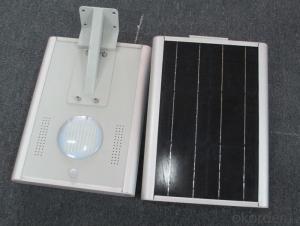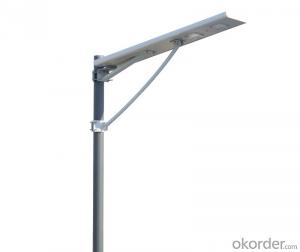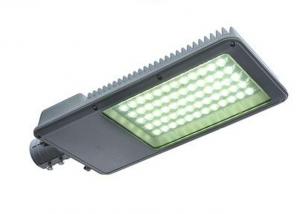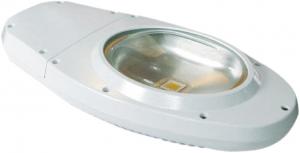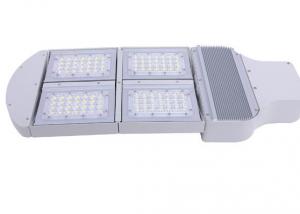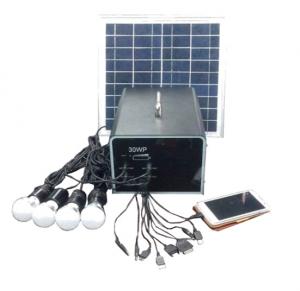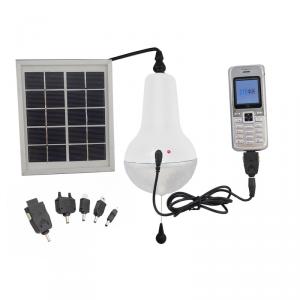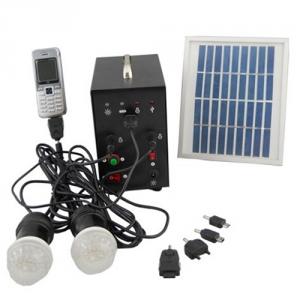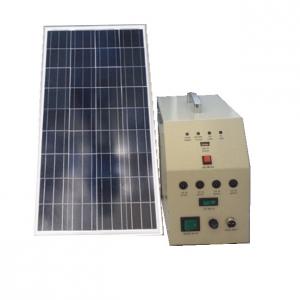Nova Series solar street light 20W to 80W
- Loading Port:
- Shanghai
- Payment Terms:
- TT OR LC
- Min Order Qty:
- 10 set
- Supply Capability:
- 500 set/month
OKorder Service Pledge
OKorder Financial Service
You Might Also Like
1. Description of Nova Series solar street light 20W to 80W
Nova series solar street lights are all in one type solar street light. The lamp head conbines the battery,solar panel and controller together in one aluminum frame. Easy to be installed.
2. Features of the Nova series solar street light
· High quality workmanship, integrated design
· Modular pluggable fechnology providing, easy installation and maintenance
· Intelligent dimming, customized illumination, lower depreciation, longer lifespan
· Batwing shaped design providing the best uniform ilumination
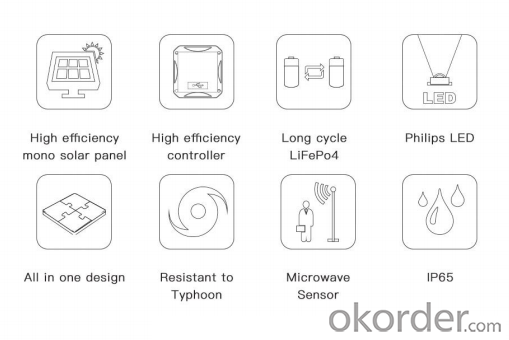
3. Various models with working power from 20W to 80W
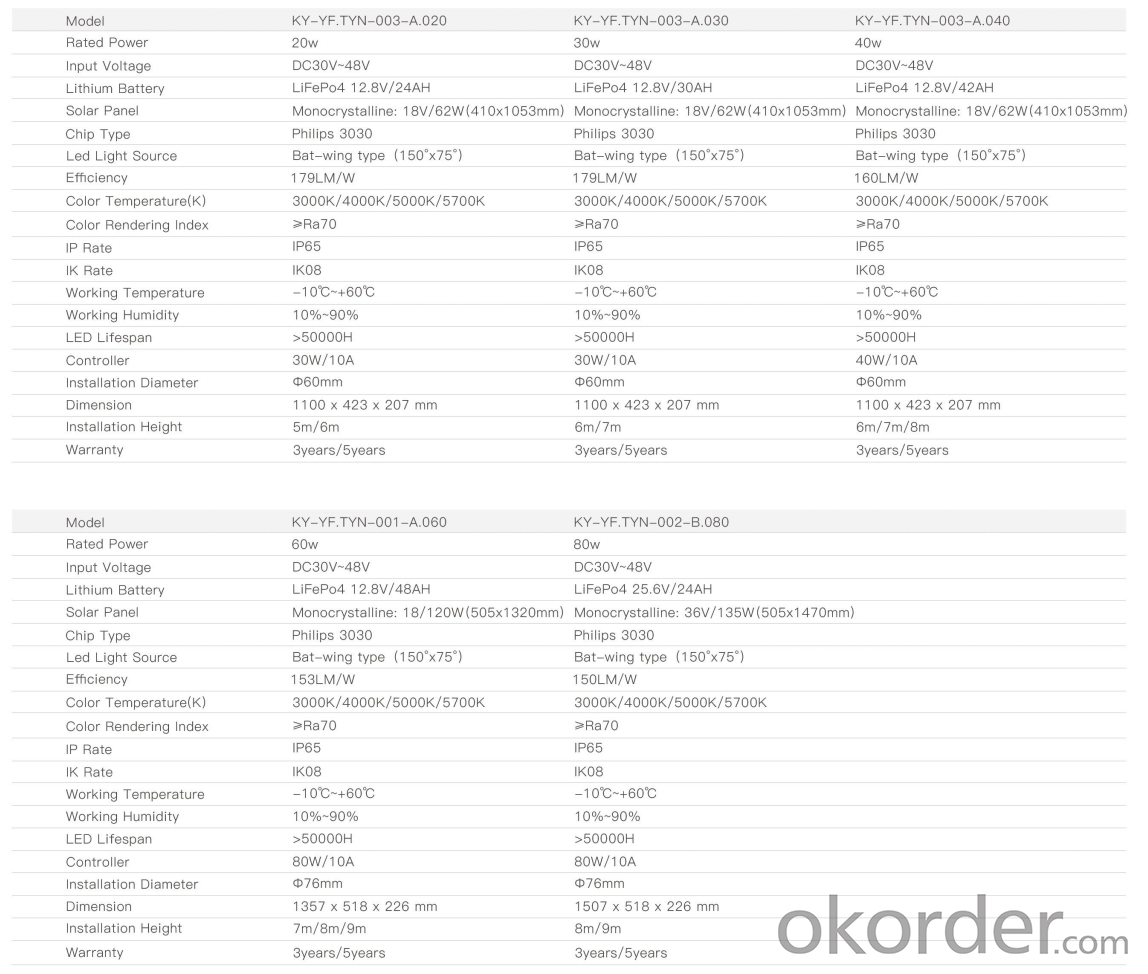
4. Type of the light source
· Philps top advanced LED chips.
· Batwing shaped illumination providing best uniformity
. Efficiency, lifespan and reliability comply with iniernational stendards
· Color temperature adjustable with season alternation.
· Flexible conversion From warm 3000 to cold 6500K.
· Designed for different illumination environments.

5. Detailed specifications
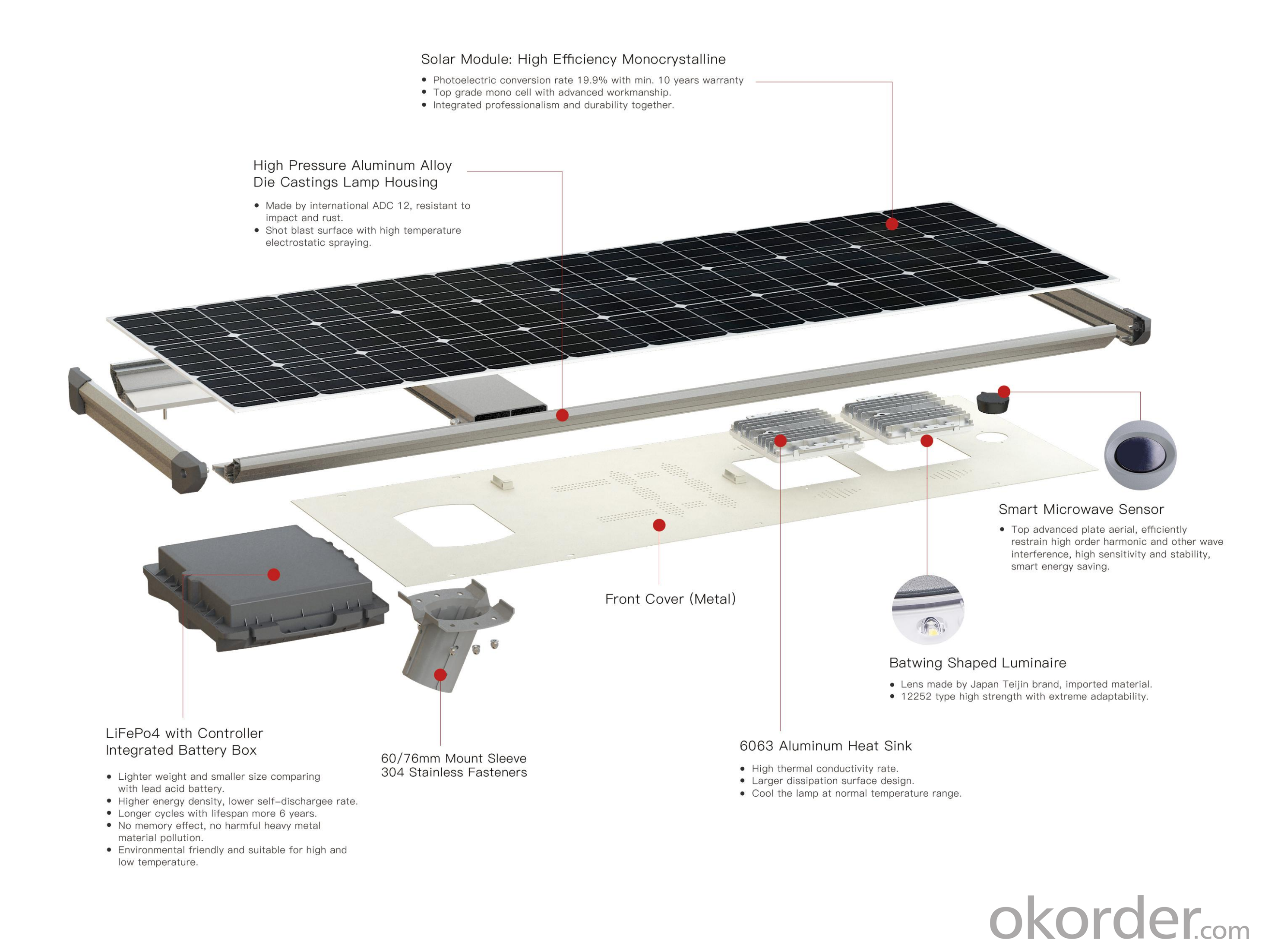
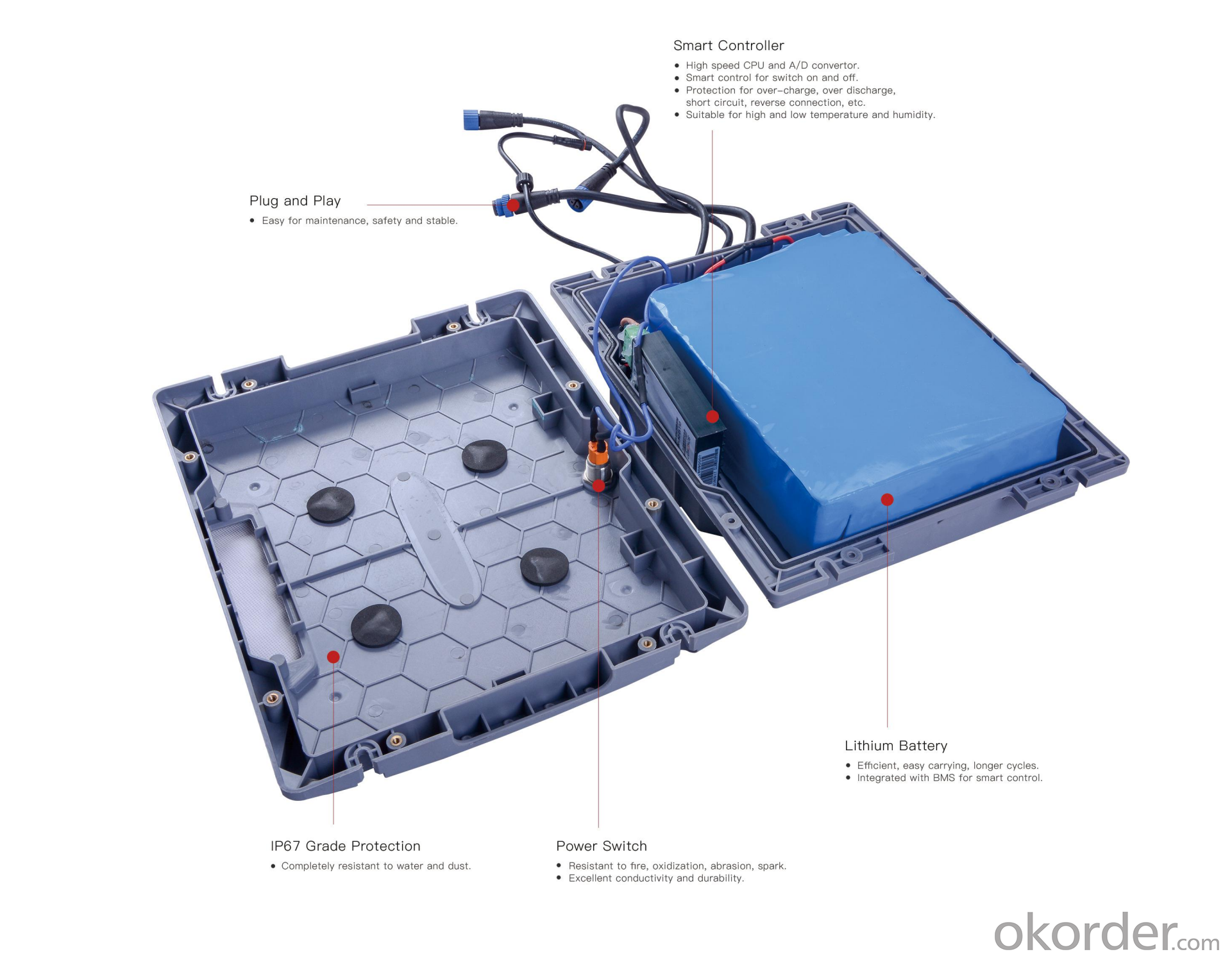
6. Lamp size
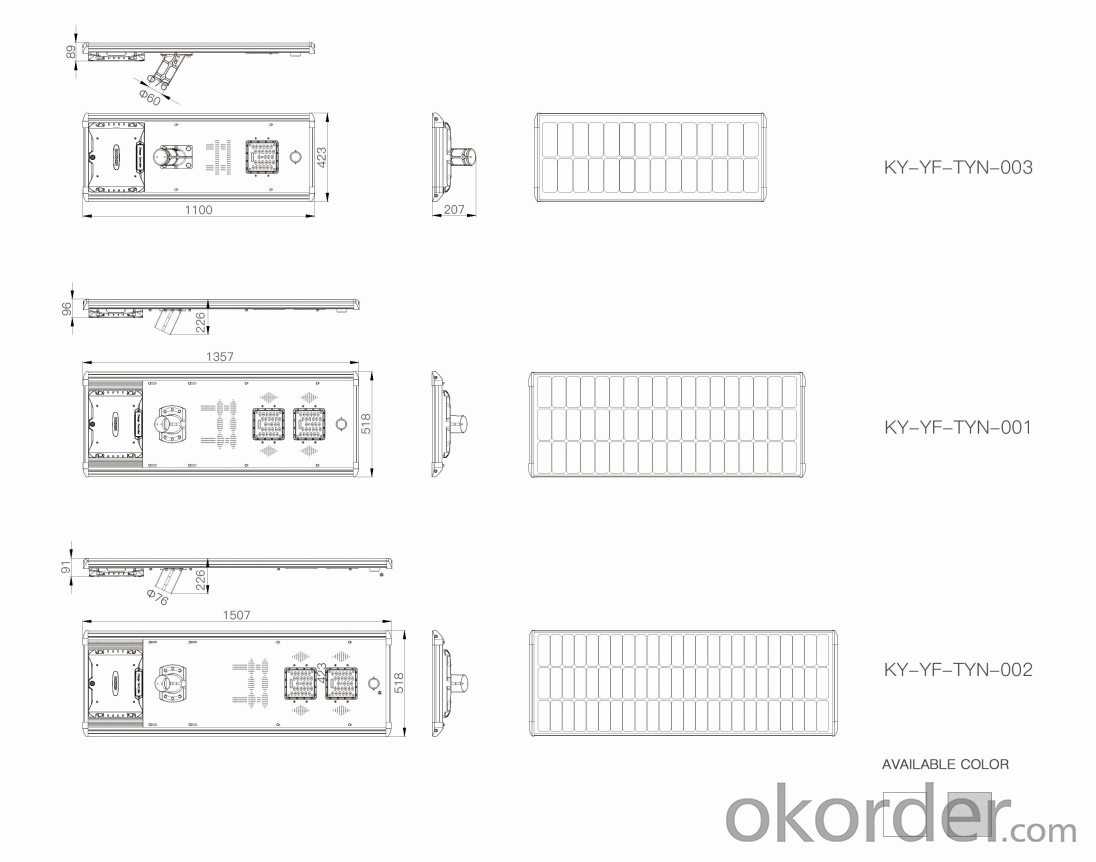
7. Package
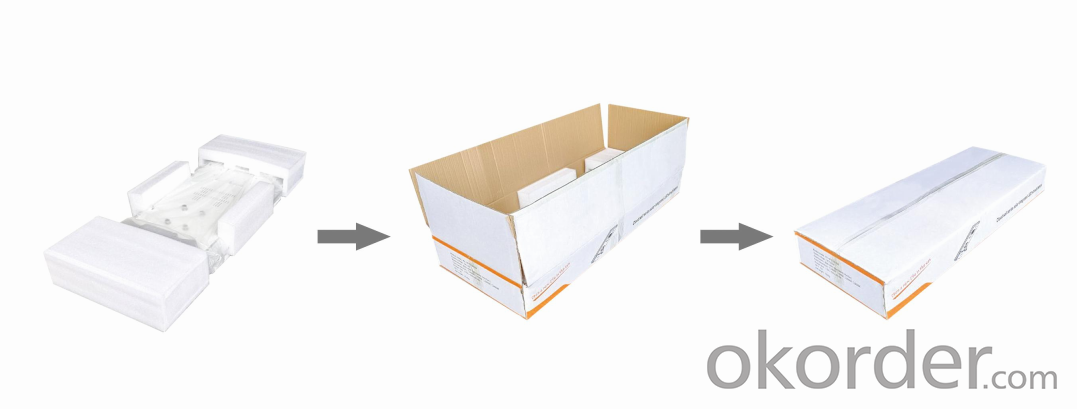
- Q:Can solar lights be used to power security cameras?
- Yes, solar lights can be used to power security cameras. Solar lights are equipped with solar panels that convert sunlight into electricity, which can then be used to power various devices, including security cameras. This eliminates the need for traditional electrical power sources and allows for a more sustainable and cost-effective solution for powering security cameras.
- Q:How do solar lights charge during winter months?
- Solar lights can still charge during winter months, although the charging process may be slower due to shorter days and reduced sunlight. However, modern solar lights are designed to be efficient and can still generate power even in cloudy or overcast weather conditions. It is important to ensure that the solar panels are kept clean and free from snow or debris to maximize their charging capacity.
- Q:Can solar lights be used in urban areas with limited sunlight?
- Yes, solar lights can be used in urban areas with limited sunlight. While the efficiency of solar lights may be affected by reduced sunlight, advancements in solar technology have made it possible to capture and store energy even in low light conditions. Additionally, modern solar lights often come with efficient batteries that can provide backup power during periods of limited sunlight, ensuring continuous illumination.
- Q:What is the average lifespan of a solar panel in solar lights?
- The average lifespan of a solar panel in solar lights is typically around 10 to 15 years.
- Q:Can solar lights be used in cold climates?
- Yes, solar lights can be used in cold climates. While extreme cold temperatures may slightly affect their performance, modern solar lights are designed to withstand freezing temperatures and continue functioning effectively. However, it is important to ensure that the solar panels are not covered in snow or ice, as this can hinder their ability to charge.
- Q:How does the brightness of solar lights compare to traditional lights?
- The brightness of solar lights can vary depending on the specific model and quality of the light. However, in general, solar lights tend to be less bright than traditional lights that are powered by electricity. This is because solar lights rely on the energy stored in their batteries, which is generated by the sun, whereas traditional lights have a constant and uninterrupted power supply. Solar lights are designed to provide ambient or accent lighting rather than powerful illumination. They are commonly used to highlight pathways, gardens, and outdoor spaces, providing a gentle and warm glow. The brightness of solar lights is often measured in lumens, with higher lumen ratings indicating greater brightness. It is worth noting that advancements in solar technology have led to the development of more powerful solar lights with higher lumen outputs. However, even with these advancements, solar lights still generally have less brightness compared to traditional lights. Despite their lower brightness, solar lights offer several advantages over traditional lights. They are energy-efficient, as they rely on renewable solar power rather than electricity from the grid. Solar lights are also easy to install and require minimal maintenance. Furthermore, they are environmentally friendly, as they do not contribute to greenhouse gas emissions or rely on non-renewable energy sources.
- Q:How do solar lights handle power fluctuations due to shading or obstructions?
- Solar lights typically have a built-in feature called "shade tolerance" that enables them to handle power fluctuations caused by shading or obstructions. This feature allows the lights to automatically adjust their power output, dimming or turning off temporarily when shaded, to preserve energy and maintain a steady light output. Additionally, some advanced solar lights use multiple solar panels or have larger battery capacities to compensate for power fluctuations and ensure continuous operation even in shaded or obstructed areas.
- Q:What is the recommended height for installing solar lights?
- The height at which solar lights should be installed varies depending on their purpose and location. It is crucial for their efficient operation that solar lights are installed at a height that allows for maximum exposure to sunlight. For pathway or garden lights, it is often recommended to install them around 18-24 inches off the ground. This height ensures proper illumination while preventing any obstruction. On the other hand, for security or floodlights, a higher installation height of 8-10 feet may be more appropriate. This elevated height provides broader coverage and greater visibility. When determining the most suitable height for installing solar lights, it is important to consider the specific needs and desired outcomes.
- Q:Can solar lights be used for signage lighting?
- Yes, solar lights can be used for signage lighting. Solar-powered lights are an excellent alternative to traditional electrical lighting for signage, as they are energy-efficient and do not require a direct power source. They can effectively illuminate signs during nighttime hours, reducing electricity costs and environmental impact.
- Q:Are solar lights suitable for construction sites?
- Yes, solar lights are suitable for construction sites. They are portable, easy to install, and do not require any electrical wiring, making them an ideal lighting solution for temporary construction sites. Additionally, solar lights are energy-efficient, environmentally-friendly, and can provide reliable illumination even in remote areas with limited access to electricity.
1. Manufacturer Overview |
|
|---|---|
| Location | |
| Year Established | |
| Annual Output Value | |
| Main Markets | |
| Company Certifications | |
2. Manufacturer Certificates |
|
|---|---|
| a) Certification Name | |
| Range | |
| Reference | |
| Validity Period | |
3. Manufacturer Capability |
|
|---|---|
| a)Trade Capacity | |
| Nearest Port | |
| Export Percentage | |
| No.of Employees in Trade Department | |
| Language Spoken: | |
| b)Factory Information | |
| Factory Size: | |
| No. of Production Lines | |
| Contract Manufacturing | |
| Product Price Range | |
Send your message to us
Nova Series solar street light 20W to 80W
- Loading Port:
- Shanghai
- Payment Terms:
- TT OR LC
- Min Order Qty:
- 10 set
- Supply Capability:
- 500 set/month
OKorder Service Pledge
OKorder Financial Service
Similar products
New products
Hot products
Related keywords

